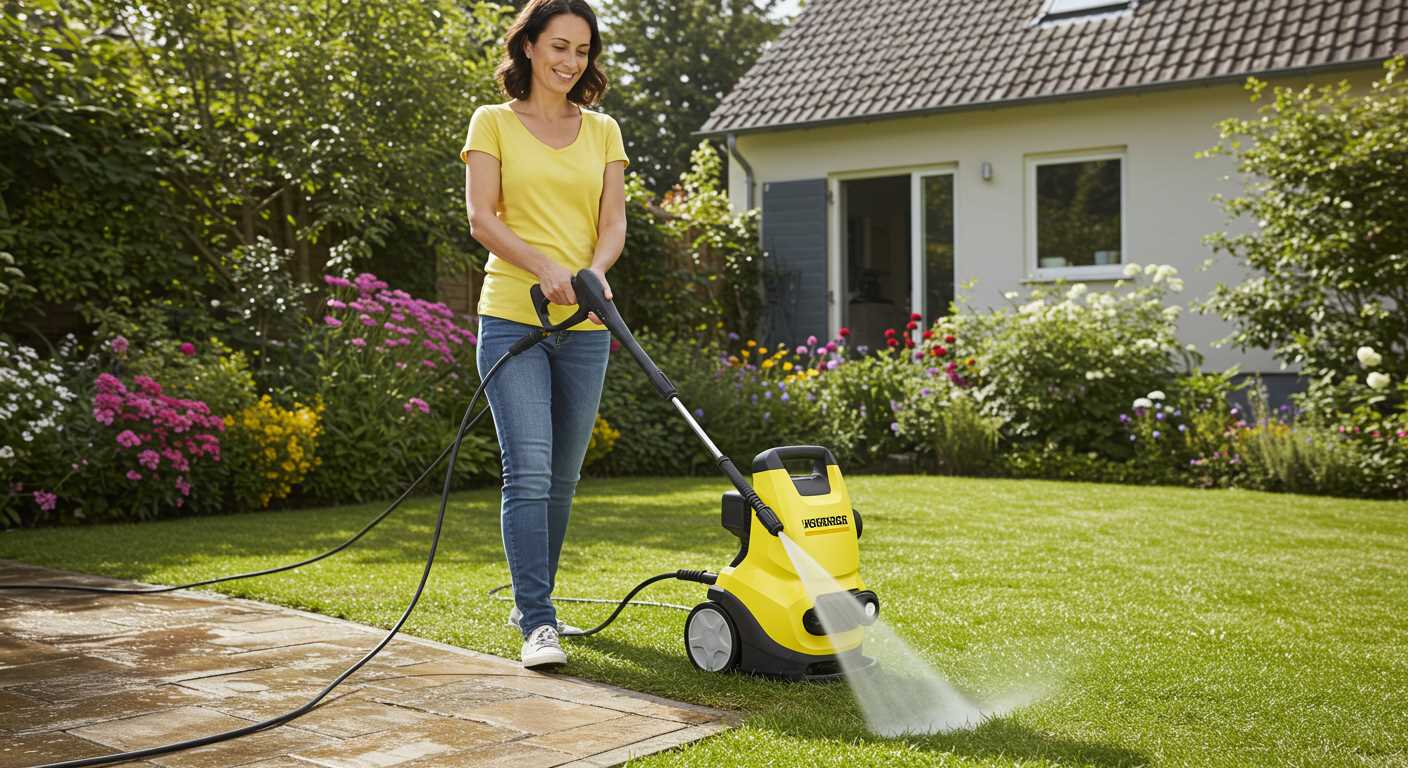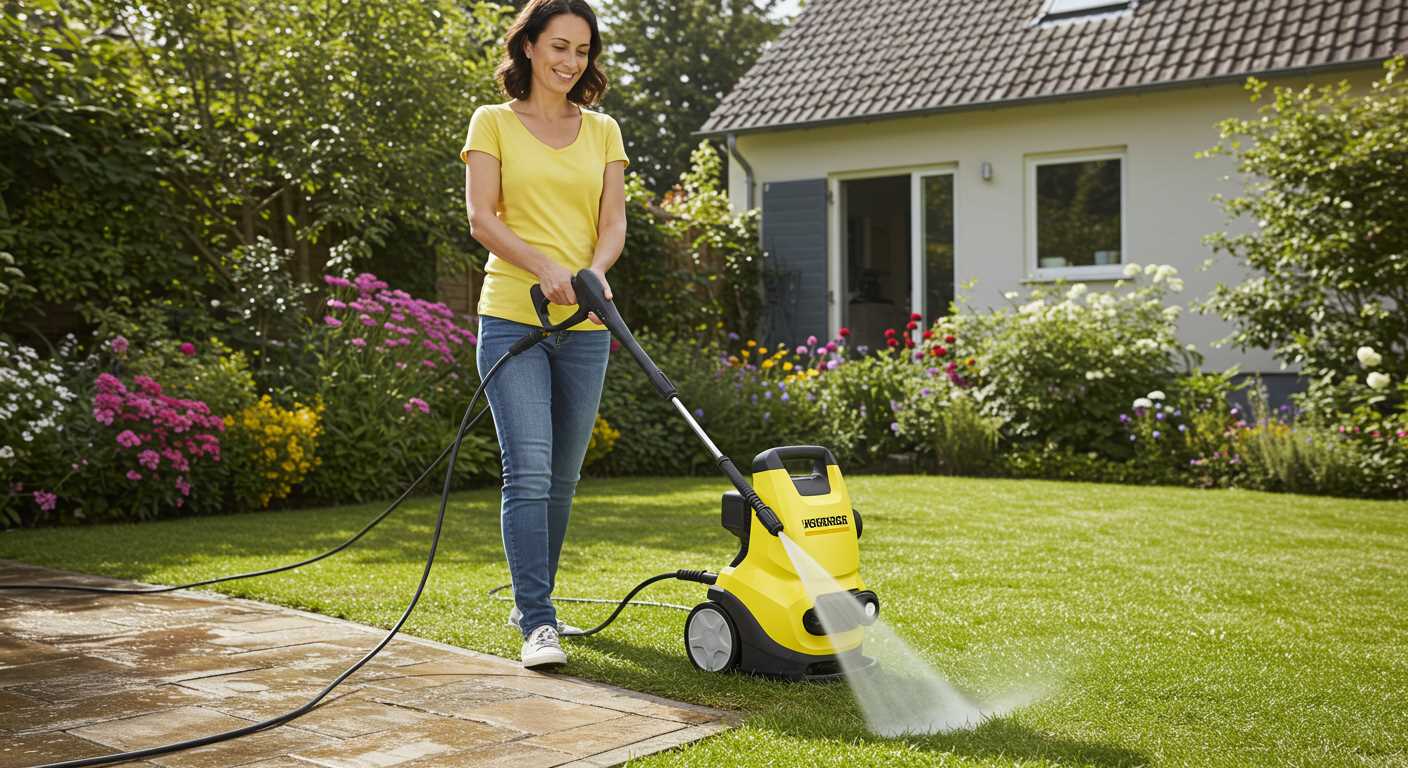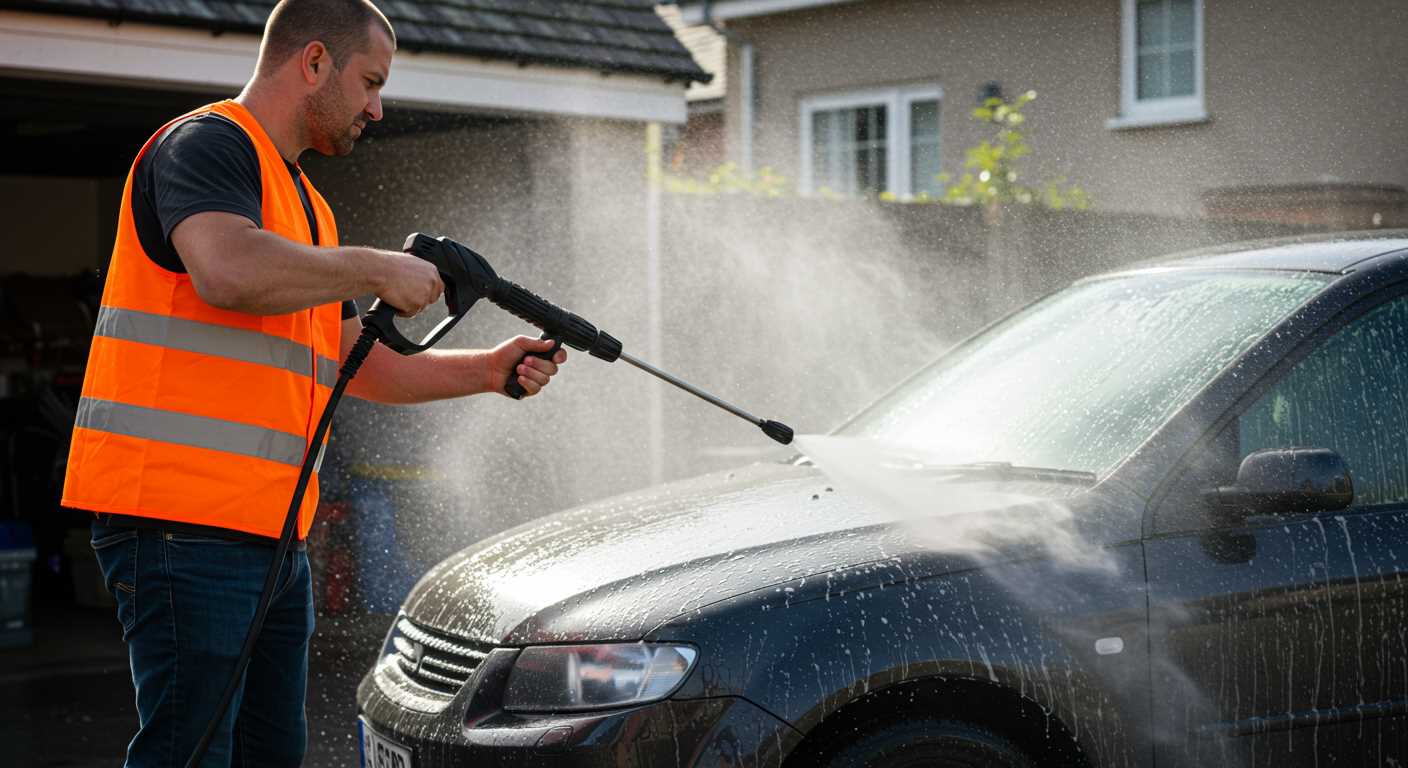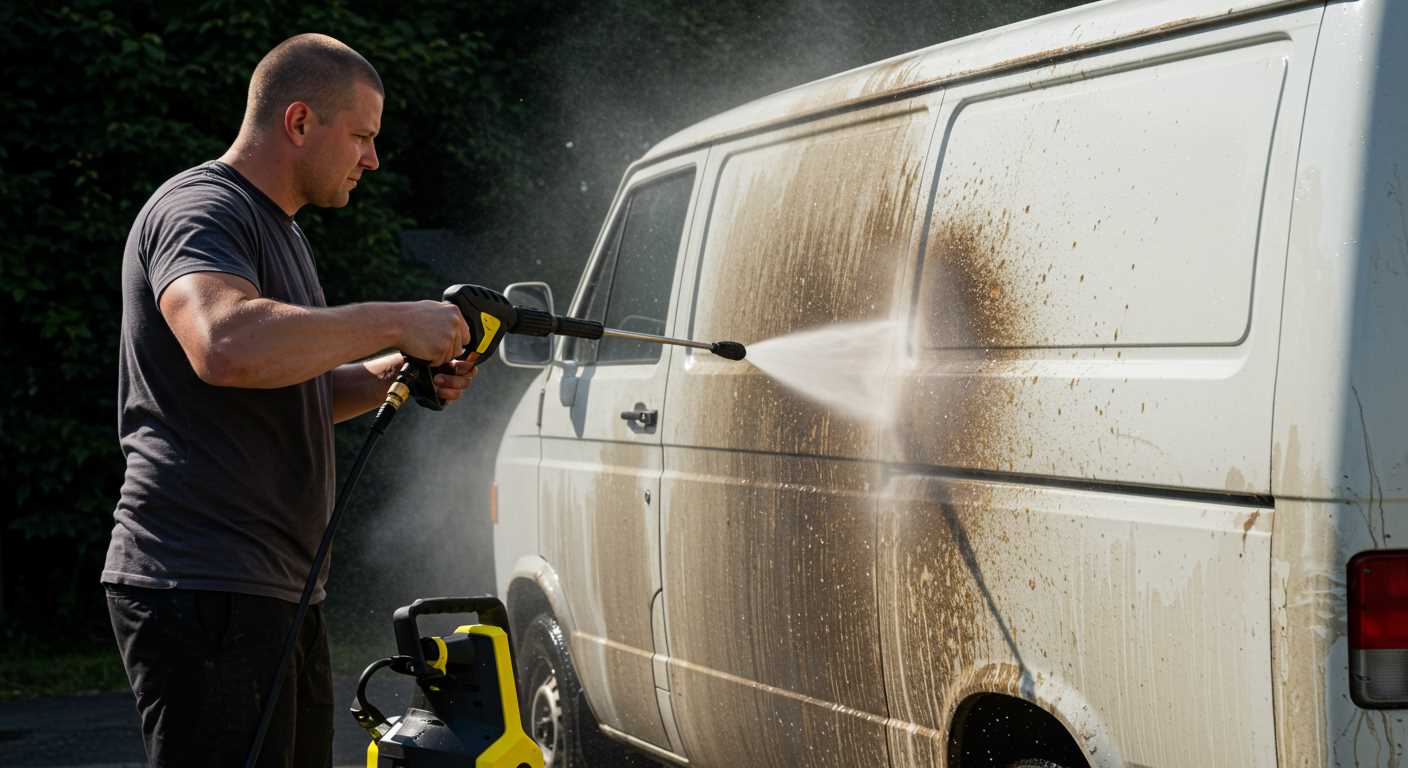




As an avid car enthusiast, I know how important it is to keep our vehicles looking pristine. One of the most effective tools for achieving that shine is a pressure washer, but not all nozzles are created equal. In this article, I will share insights into the best pressure washer nozzle for car washing, ensuring you have the right tools to make your car cleaning routine efficient and effective.
This article is aimed at car owners who are looking to enhance their car washing experience. Whether you are a seasoned DIY detailer or a beginner looking to maintain your vehicle’s appearance, choosing the correct nozzle can make a significant difference. I will break down the various nozzle types, their functions, and how they can impact your car washing results.
Throughout the article, I’ll cover the different nozzle options available, including the popular 25-degree and 40-degree nozzles, and why they are often recommended for automotive cleaning. Additionally, I will highlight the importance of using the right pressure settings and techniques to prevent damage to your vehicle’s paintwork. By the end of this article, you will have the knowledge needed to select the best pressure washer nozzle for your car, ensuring a thorough and safe wash every time.
Understanding Nozzle Types for Effective Cleaning
When it comes to washing a car, the type of nozzle you use can significantly impact the effectiveness of the cleaning process. Each nozzle type is designed for specific tasks, allowing you to tailor the pressure and spray pattern to meet your needs. Understanding these different nozzles will help you achieve optimal results while protecting your vehicle’s surface.
There are various nozzle types available, each with distinct features that cater to different cleaning requirements. Whether you need a gentle rinse or a more powerful spray, knowing the characteristics of each nozzle can enhance your car washing experience.
Types of Nozzles
- Zero-degree nozzle: This nozzle produces a concentrated, high-pressure stream of water, ideal for stubborn dirt and grime. However, it should be used with caution, as it can damage sensitive surfaces.
- 15-degree nozzle: Offering a wider spray pattern, this nozzle is suitable for tough cleaning tasks while still maintaining a strong pressure. It’s effective for removing mud and debris from wheel wells and lower body panels.
- 25-degree nozzle: This nozzle is versatile and commonly used for general washing. It balances pressure and coverage, making it effective for cleaning the body of the car without risking damage.
- 40-degree nozzle: Ideal for delicate surfaces, this nozzle provides a gentle spray that is perfect for rinsing soap and cleaning windows without leaving streaks.
- Soap nozzle: Specifically designed for applying detergent, this nozzle mixes soap with water to create a foamy spray that aids in loosening dirt before rinsing.
Choosing the right nozzle is essential for achieving a clean, shiny car without causing harm to the paint or other surfaces. By understanding the capabilities of each nozzle type, you can ensure that your car washing process is both effective and safe.
Choosing the Right Spray Pattern for Vehicle Surfaces
When washing your car, selecting the appropriate spray pattern is crucial for achieving optimal results while protecting the vehicle’s surface. Different surfaces and areas of the car require varying levels of pressure and spray angles to ensure effective cleaning without causing damage. Understanding these differences can help you maintain the appearance and integrity of your vehicle.
The two primary spray patterns to consider are narrow and wide angles. Each serves a unique purpose, and knowing when to use each can enhance your car washing experience.
Understanding Spray Patterns
Spray patterns can generally be classified into two categories:
- Narrow Spray (15-25 degrees): This pattern focuses the water stream, providing a more intense pressure that is effective for removing stubborn dirt and grime. Ideal for wheels, wheel wells, and areas with heavy deposits, it can be useful but should be used cautiously to avoid damaging paint or delicate surfaces.
- Wide Spray (40 degrees and above): This pattern disperses the water over a larger area, resulting in lower pressure. It is perfect for rinsing off soap and cleaning larger surfaces like the body of the car. It allows for gentle cleaning, reducing the risk of paint damage while still being effective.
When washing your vehicle, consider the following:
- Assess the surface type: Different materials, like glass, metal, and plastic, may require different approaches.
- Identify the level of dirt: Heavily soiled areas may benefit from a narrower spray, while cleaner sections can be treated with a wider pattern.
- Switch patterns as needed: Using a combination of narrow and wide patterns can maximise cleaning efficiency while ensuring safety.
By taking the time to choose the right spray pattern, you can effectively clean your vehicle while protecting its surfaces from potential damage.
Optimal Pressure Settings for Car Washing Nozzles
When it comes to washing cars, selecting the right pressure settings for your pressure washer nozzles is crucial for achieving a clean and damage-free finish. Different surfaces and contaminants require different pressure levels to ensure effective cleaning without risking harm to the vehicle’s paintwork. Understanding these pressure settings can enhance your car washing experience and prolong the life of your vehicle’s exterior.
Most car manufacturers recommend using a pressure range between 1200 to 1900 PSI (pounds per square inch) for safe and efficient washing. However, the optimal pressure can vary depending on several factors, including the type of dirt, the condition of the vehicle, and the specific nozzle being used. Selecting the right nozzle in conjunction with the appropriate pressure can make a significant difference in the cleaning process.
Understanding Nozzle Types and Pressure Settings
Pressure washer nozzles come in various shapes and sizes, each designed for specific cleaning tasks. The angle of the spray pattern and the pressure settings work together to determine the effectiveness of the wash. Below are some common nozzle types and their recommended pressure settings for car washing:
- 0-degree nozzle: Produces a concentrated stream for tough stains. Typically requires higher pressure but should be used with caution to avoid damage.
- 15-degree nozzle: Offers a wider spray suitable for heavy dirt removal. Ideal for areas that need more power without risking paint damage.
- 25-degree nozzle: A versatile option for general washing. It provides a balance between pressure and coverage, perfect for rinsing off soap.
- 40-degree nozzle: Designed for light cleaning tasks, such as rinsing and applying soap. It operates at lower pressure, making it safe for delicate surfaces.
To ensure optimal cleaning results while protecting your vehicle, start with the lowest pressure setting and gradually increase as necessary. Always keep the nozzle at least two feet away from the car’s surface to prevent any potential damage. Additionally, testing a small, inconspicuous area first can help gauge the effectiveness and safety of the chosen pressure settings.
Material Considerations for Durable Nozzle Performance
When selecting a pressure washer nozzle for car washing, the material from which the nozzle is constructed plays a crucial role in its performance and longevity. Nozzles are subjected to high pressure and varying temperatures, making the choice of material essential for durability and effectiveness. Understanding the properties of different materials can help in making an informed decision that ensures optimal performance during vehicle cleaning.
Common materials used in the construction of pressure washer nozzles include plastic, stainless steel, and brass. Each of these materials has its advantages and disadvantages, which can impact both the nozzle’s durability and its ability to deliver a precise spray pattern.
Material Characteristics
- Plastic: Lightweight and resistant to corrosion, plastic nozzles are often more affordable. However, they may not withstand high pressures as effectively as metal options, leading to potential wear and tear over time.
- Stainless Steel: Known for its strength and resistance to rust, stainless steel nozzles are ideal for high-pressure applications. They offer durability and can maintain their shape and performance even under intense use.
- Brass: Brass nozzles combine strength with corrosion resistance. They are typically heavier than plastic but can provide a more reliable performance over time, making them suitable for various cleaning tasks.
Ultimately, the choice of material should align with the specific needs of car washing. Considerations such as the frequency of use, the type of pressure washer, and the overall cleaning requirements will guide the selection of a nozzle that not only performs well but also stands the test of time.
Comparing Popular Nozzle Brands for Car Care
When it comes to maintaining the pristine appearance of your vehicle, choosing the right pressure washer nozzle is crucial. Various brands offer a range of nozzles, each with unique features and benefits tailored for car washing. Understanding these differences can significantly enhance your cleaning efficiency and protect your car’s finish.
Many users often find themselves torn between different brands, each claiming superiority in performance and safety. Factors such as spray patterns, material quality, and compatibility with different pressure washers play a vital role in determining the best fit for your specific needs.
Performance and Features
Different brands have their own strengths when it comes to nozzle performance. Some may focus on producing a wider spray pattern, which can be beneficial for rinsing larger areas quickly. Others might prioritise a concentrated stream, ideal for tackling stubborn dirt and grime.
Material quality is another aspect to consider. Many nozzles are made from durable materials that resist wear and tear, while others may be more prone to damage. Investing in a high-quality nozzle can save money in the long run, as it is less likely to require frequent replacements.
Compatibility and Ease of Use
Compatibility with your existing pressure washer is a crucial factor. Not all nozzles fit every model, so it’s essential to check specifications before purchasing. Some brands offer universal fit options, making them a convenient choice for those who own multiple pressure washers.
Ease of use is equally important. Many popular brands design their nozzles with user-friendly features, such as quick-connect fittings and ergonomic grips, ensuring a hassle-free washing experience.
Customer Feedback
Lastly, customer reviews can provide valuable insights into the performance of different nozzle brands. Users often share their experiences regarding durability, effectiveness, and overall satisfaction. Evaluating feedback can help prospective buyers make informed decisions based on real-world usage.
Maintenance Tips for Prolonging Nozzle Lifespan
Proper maintenance of your pressure washer nozzle is crucial for ensuring its longevity and optimal performance. Regular care can prevent clogs, wear, and damage, allowing you to get the most out of your investment. By implementing a few simple practices, you can extend the lifespan of your nozzle significantly.
Here are some essential tips to keep your pressure washer nozzle in top shape:
- Clean After Use: Always rinse the nozzle after each use to remove any dirt or debris. This helps prevent clogs and ensures a consistent spray pattern.
- Inspect Regularly: Check the nozzle for any signs of wear or damage. Look for cracks, chips, or blockages that could affect performance.
- Store Properly: Keep your nozzle in a dry, cool place, away from direct sunlight. Consider using a storage case to protect it from physical damage.
- Use the Right Pressure: Ensure you are using the correct pressure setting for your specific nozzle type. Using too high pressure can cause premature wear and tear.
- Replace Worn Nozzles: If your nozzle shows significant wear or damage, it may be time to replace it. Continuing to use a damaged nozzle can lead to inefficient cleaning and potential damage to your car’s surface.
By following these maintenance tips, you can prolong the lifespan of your pressure washer nozzle and ensure that it delivers the best performance for car washing. Regular care not only enhances efficiency but also saves you money in the long run by reducing the need for frequent replacements.
Top 10 Best Pressure Washer Nozzle For Car Washing




Best Pressure Washer Nozzle For Car Washing
Features
| Part Number | RY31RN01 |
| Model | #RY31RN01 |
| Color | Green |
Features
| Model | baobuguan |
| Color | Blue |
| Size | 100' |
Features
| Part Number | SQ-222-2 |
| Model | SQ-222 |
| Color | black |
Features
| Part Number | 310448028 |
| Model | RY31RN01VNM |
| Color | Green |
Video:
FAQ:
What type of nozzle is best for washing a car with a pressure washer?
For washing a car, a fan spray nozzle is often recommended, typically in the range of 25 to 40 degrees. These nozzles create a wide spray pattern that allows for even coverage without applying too much pressure, which can damage the vehicle’s paint. A 40-degree nozzle is particularly gentle and suitable for delicate surfaces, while a 25-degree nozzle offers a bit more cleaning power for tougher grime. It’s important to choose the right nozzle to ensure effective cleaning while protecting your car’s finish.
Can I use a pressure washer nozzle that is meant for heavy-duty cleaning on my car?
Using a nozzle designed for heavy-duty tasks on your car might not be the best idea. Nozzles with a narrow spray pattern, such as 0 or 15 degrees, produce a concentrated jet of water that can potentially damage the paintwork or cause scratches. It’s safer to stick with a nozzle that is specifically designed for automotive cleaning, like a 25 or 40-degree nozzle, which will allow you to clean effectively without risking damage to the vehicle’s surface.
How do I know if my pressure washer nozzle is suitable for car washing?
To determine if your pressure washer nozzle is suitable for car washing, check the degree of the nozzle and its intended use. Nozzles with a higher degree (25 to 40 degrees) are generally safer for delicate surfaces like car paint. Additionally, ensure that the nozzle does not produce too high a pressure, as excessive force can lead to paint damage. If your pressure washer comes with a user manual, it may also provide recommendations for specific nozzles that are safe for use on vehicles.
Are there any special features to look for in a pressure washer nozzle for car washing?
When selecting a pressure washer nozzle for washing cars, consider features such as adjustable spray patterns and compatibility with your pressure washer’s specifications. An adjustable nozzle allows you to switch between different spray angles, giving you flexibility based on the cleaning task. Additionally, check if the nozzle is made from durable materials to withstand wear and tear. If possible, look for nozzles with built-in foam cannons, as these can help you apply soap evenly while washing, enhancing the cleaning process.




.jpg)


